
Namibia chapter four
Fish River Canyon to Lüderitz.
I am up early. I slept off and on, waking myself every few hours to gaze at the night sky, looking for shooting stars. The night was warmer than I expected and thankfully still.
I am one of the first people to breakfast, the room still dark. I eat my yogurt and granola and eggs and drink my juice as the canyon beyond the windows rises with the sun, the rocks and trees rosy with the dawn.

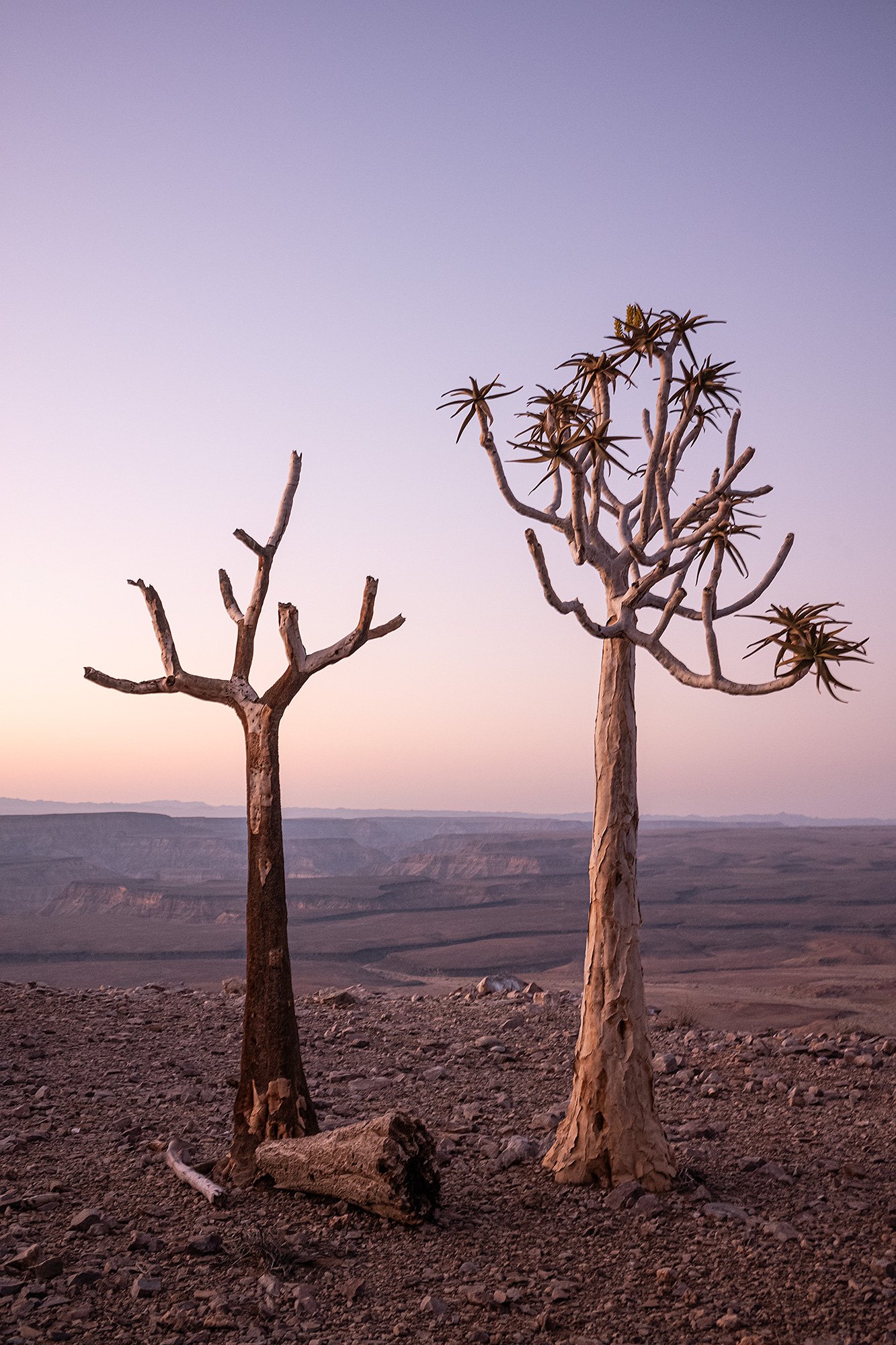
I am loathe to leave such a beautiful place having discovered it so recently, but the road calls. A French couple is loading their car as I am, and I rush to leave before them to avoid eating dust on the gravel roads leading to the B4.
As I hand over my key to reception I take one last look at the canyon through the windows of the lodge and then head for the door.

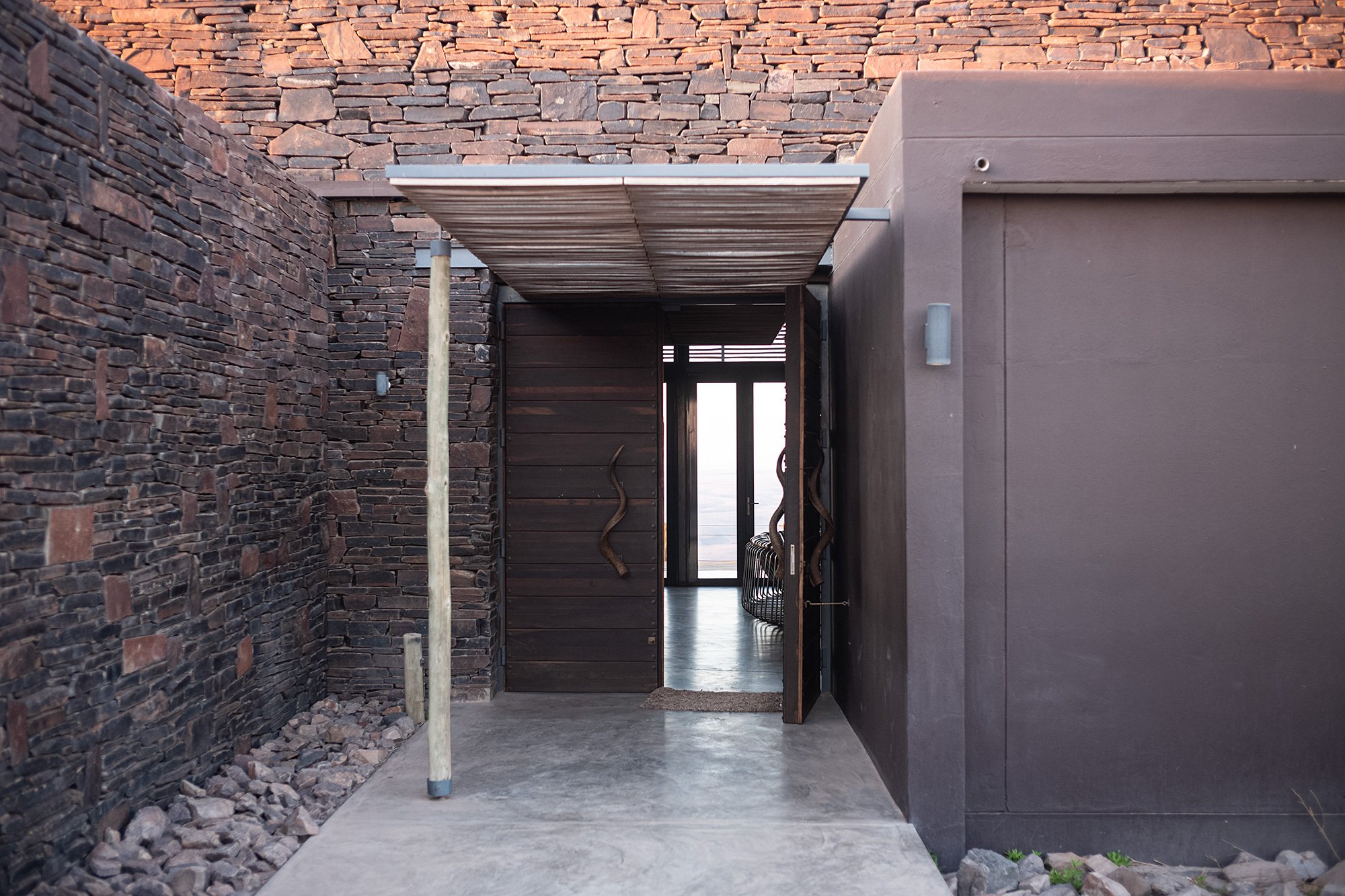
The light on the road is beautiful and I roll down my windows to take in the morning air.
I drive past the airstrip and then out of the gates, careful to close it behind me. And then I am on the open road headed north.






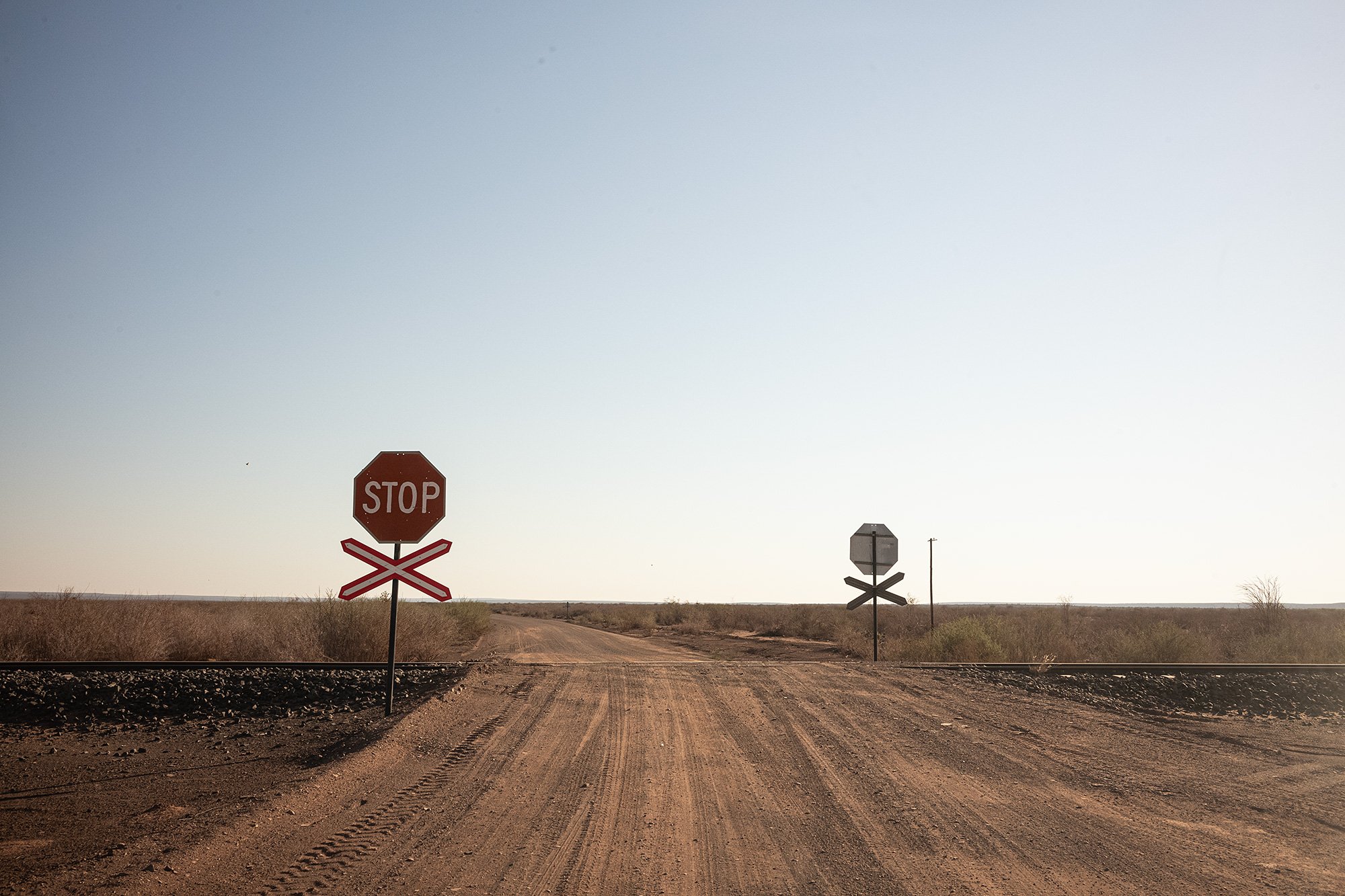
Reaching the B4 I take a left and the road and landscape shift. It’s a sealed road all the way to the coast. I roll up my windows as the highway speed creates too much of a racket and settle in for the ride.

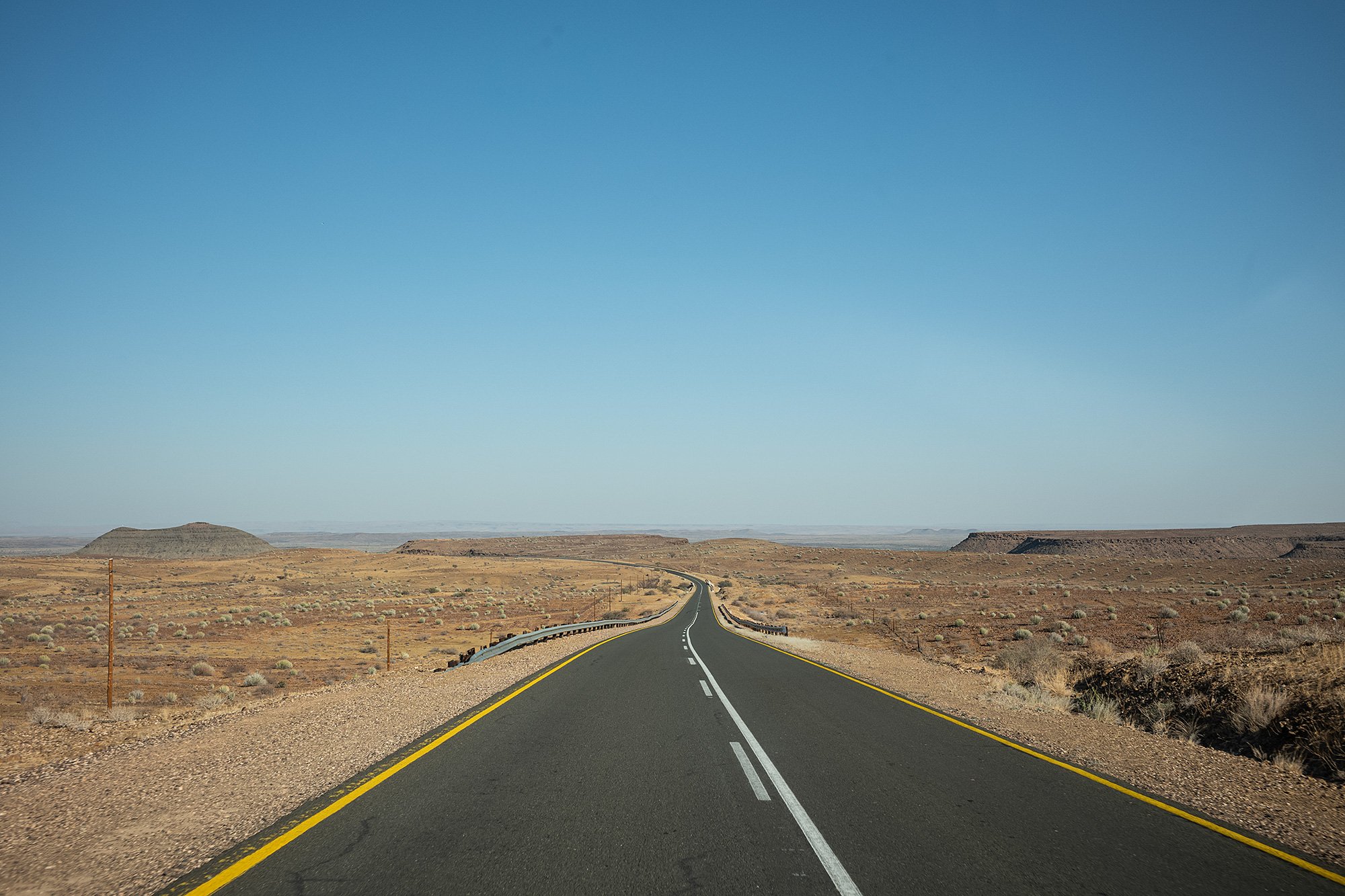

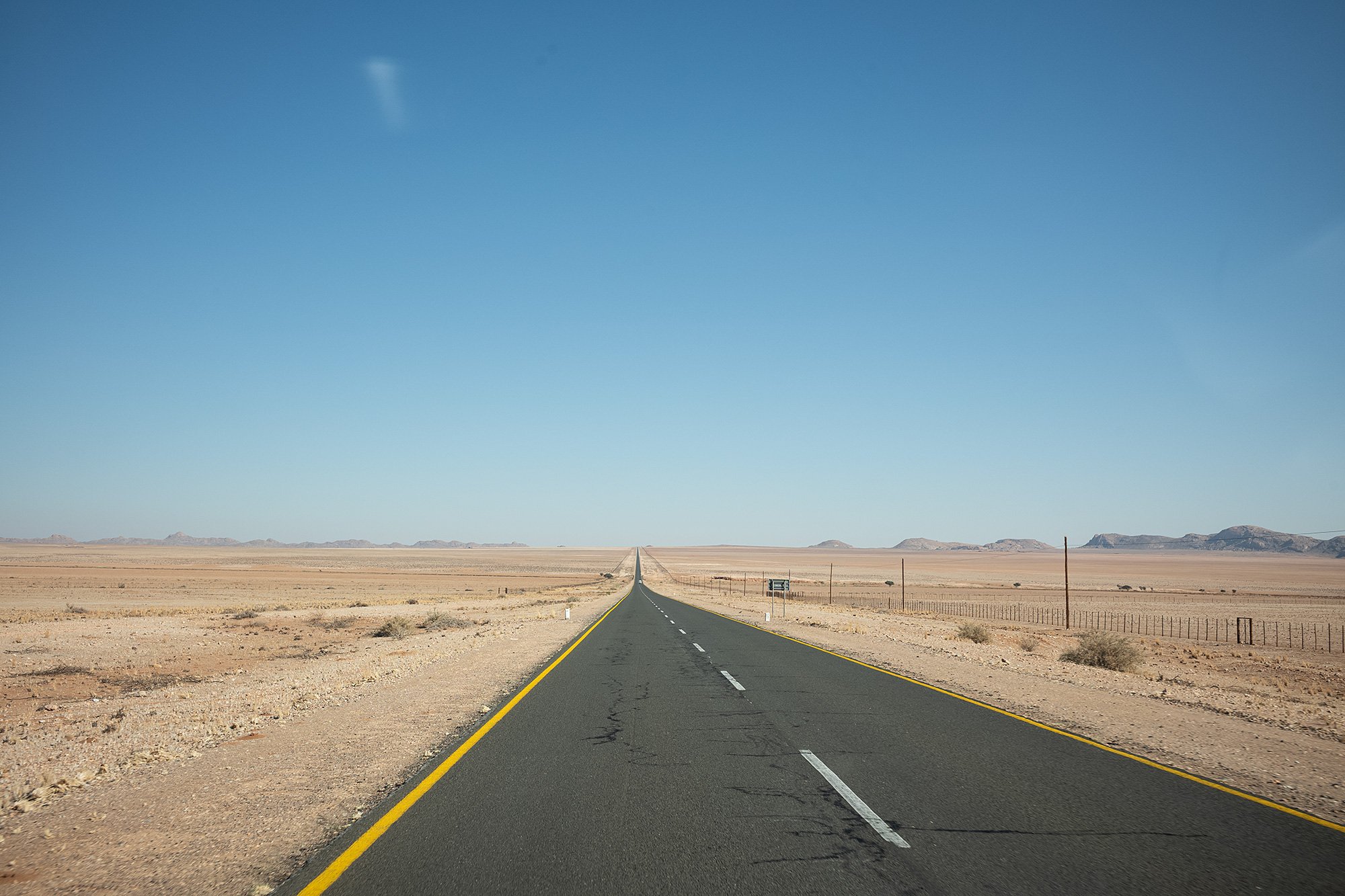
I stop in Aus for gas. It’s another hour and a half to Luderitz, but I’ve had it ingrained in my head to stop for gas whenever I can. It’s a small town and I make small talk with the attendant as he gases up the car. Ful tank? Yes, please.


I continue on, driving through the desert. I stop at various points to take photos of the landscape. I pass a sign to see the wild desert horses, but not in time to slow down. I make a mental note to stop by on my way out of Luderitz. Out of the window I spot one grazing on the open plain.
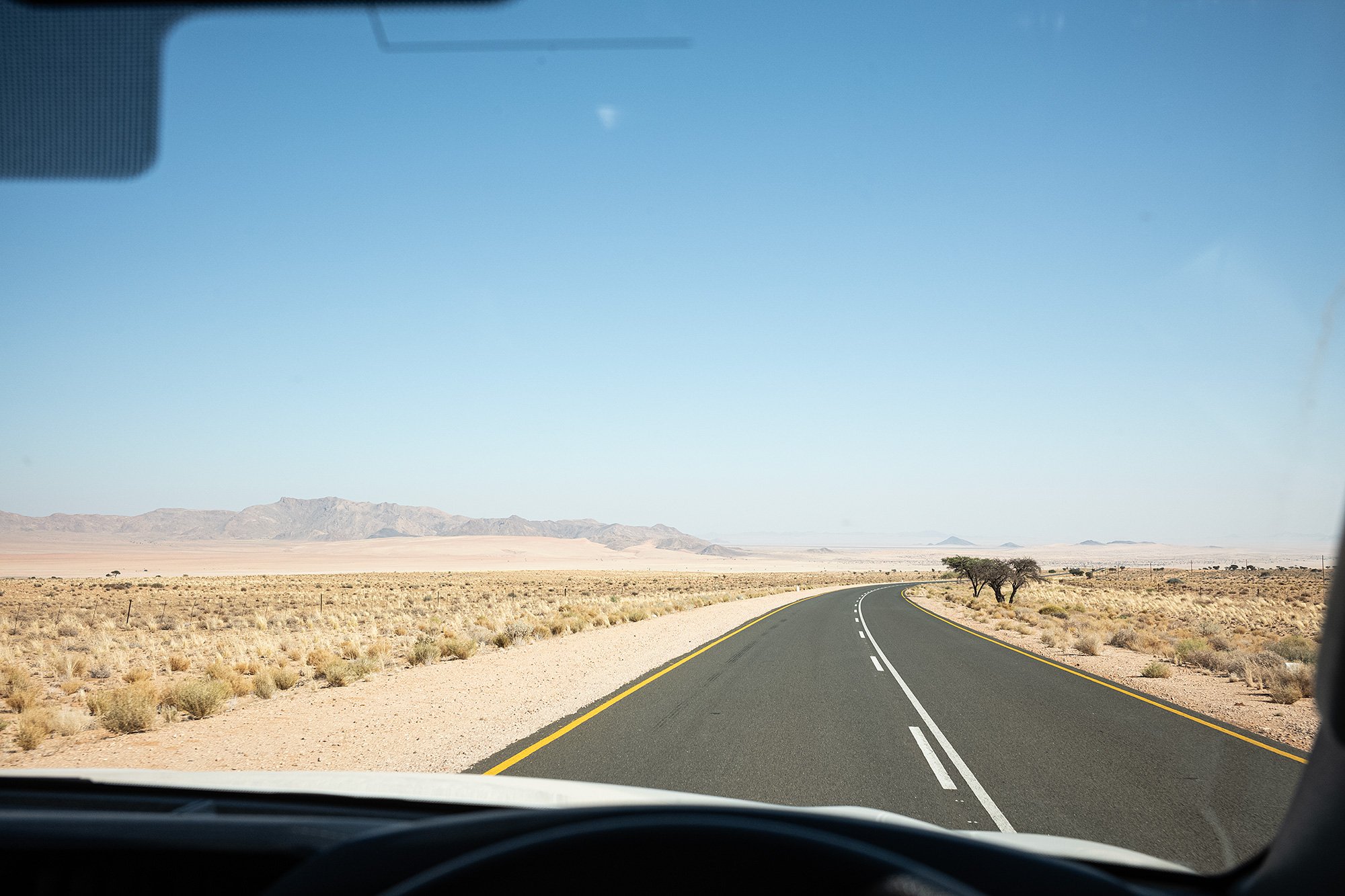





There’s little traffic on the road; I’ll get used to the solitude of driving through Namibia, the open road ahead and the unspoilt landscape to either side.
I pass an abandoned stop on the railway and stop to take photos. It forshadows the sights I’ll see in Kolmanskop and Sossusvlei: the empty house, the leafless tree, a timelessness coexisting with a sense of lost time . . .

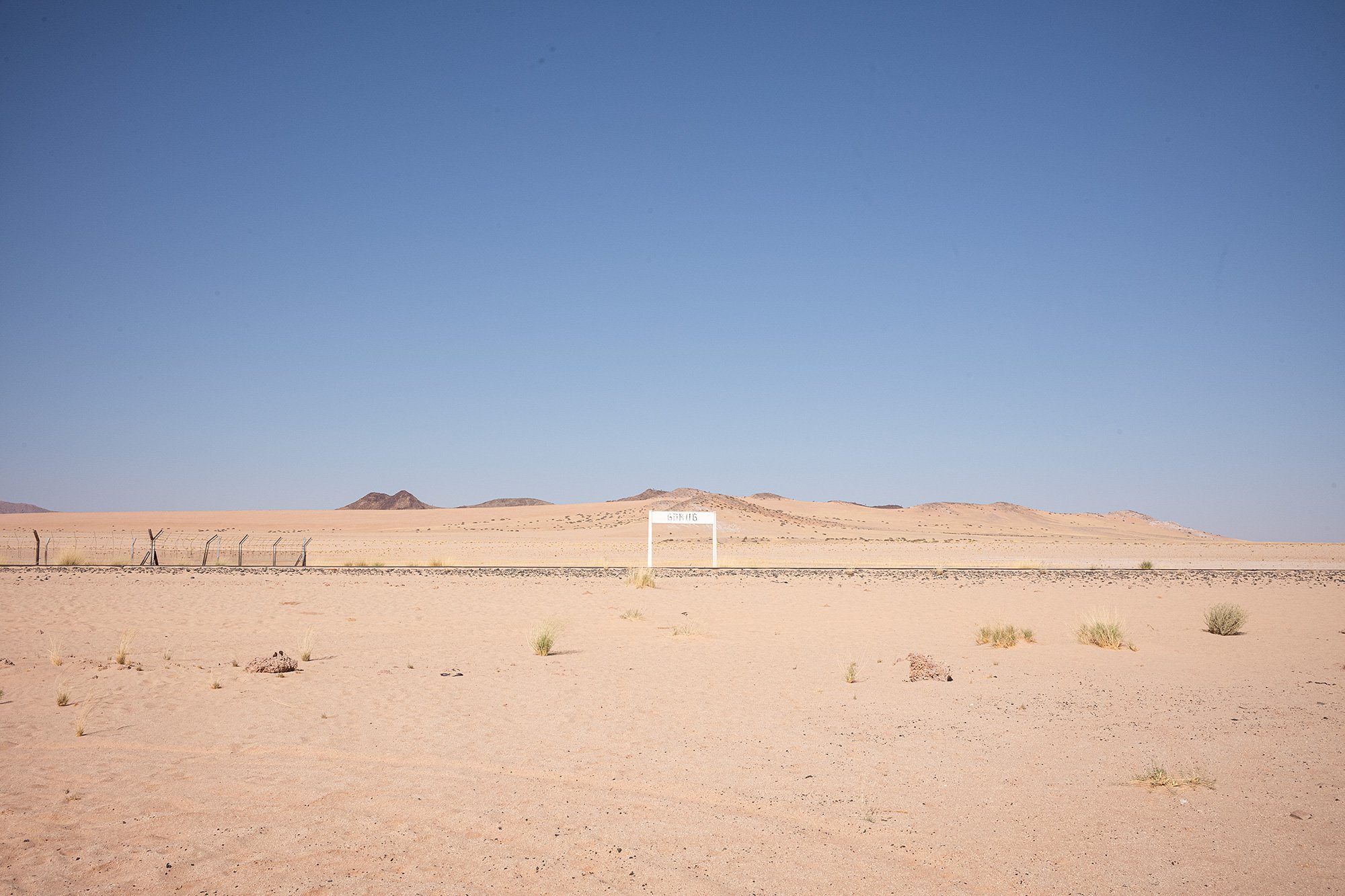

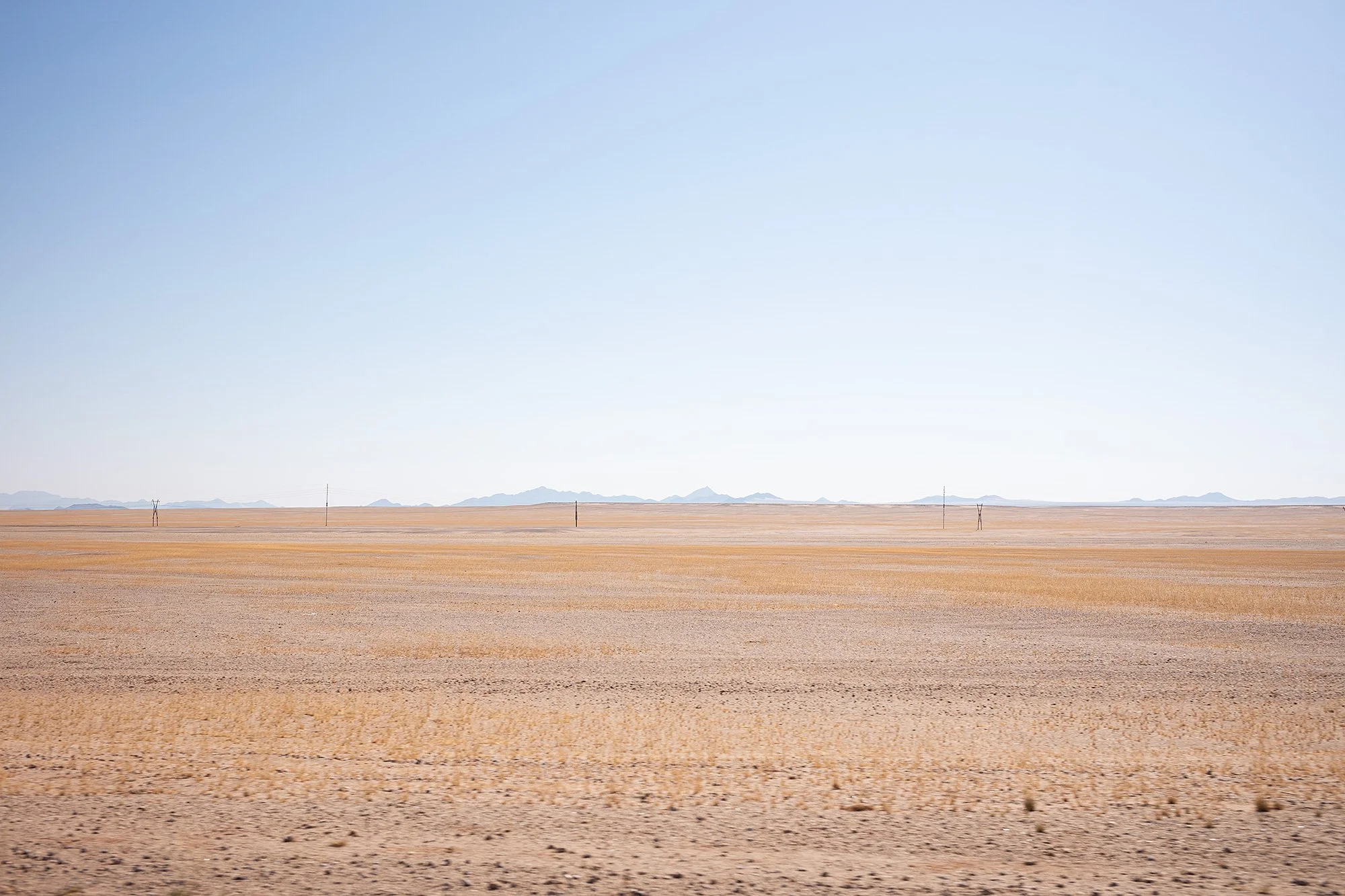
Back on the road I drive the final stretch to Luderitz. At various intervals I’ve seen rest stops and I finally stop to make a photo of one. Had I the time, It’d be a fun project documenting the various rest stops I pass and their pictaresque environs. But I still have kilometers to go and I’m looking forward to lunching in Luderitz.
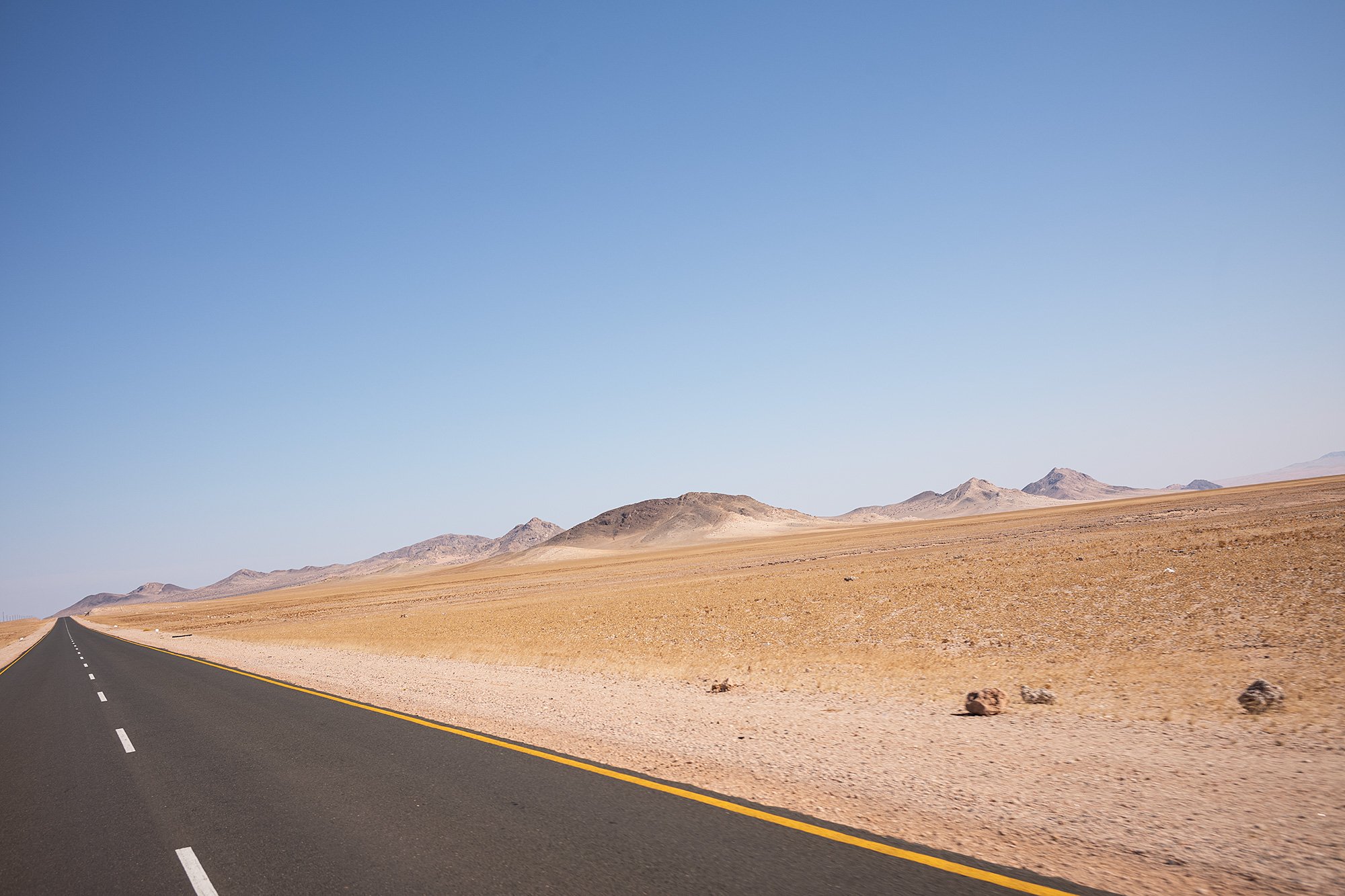
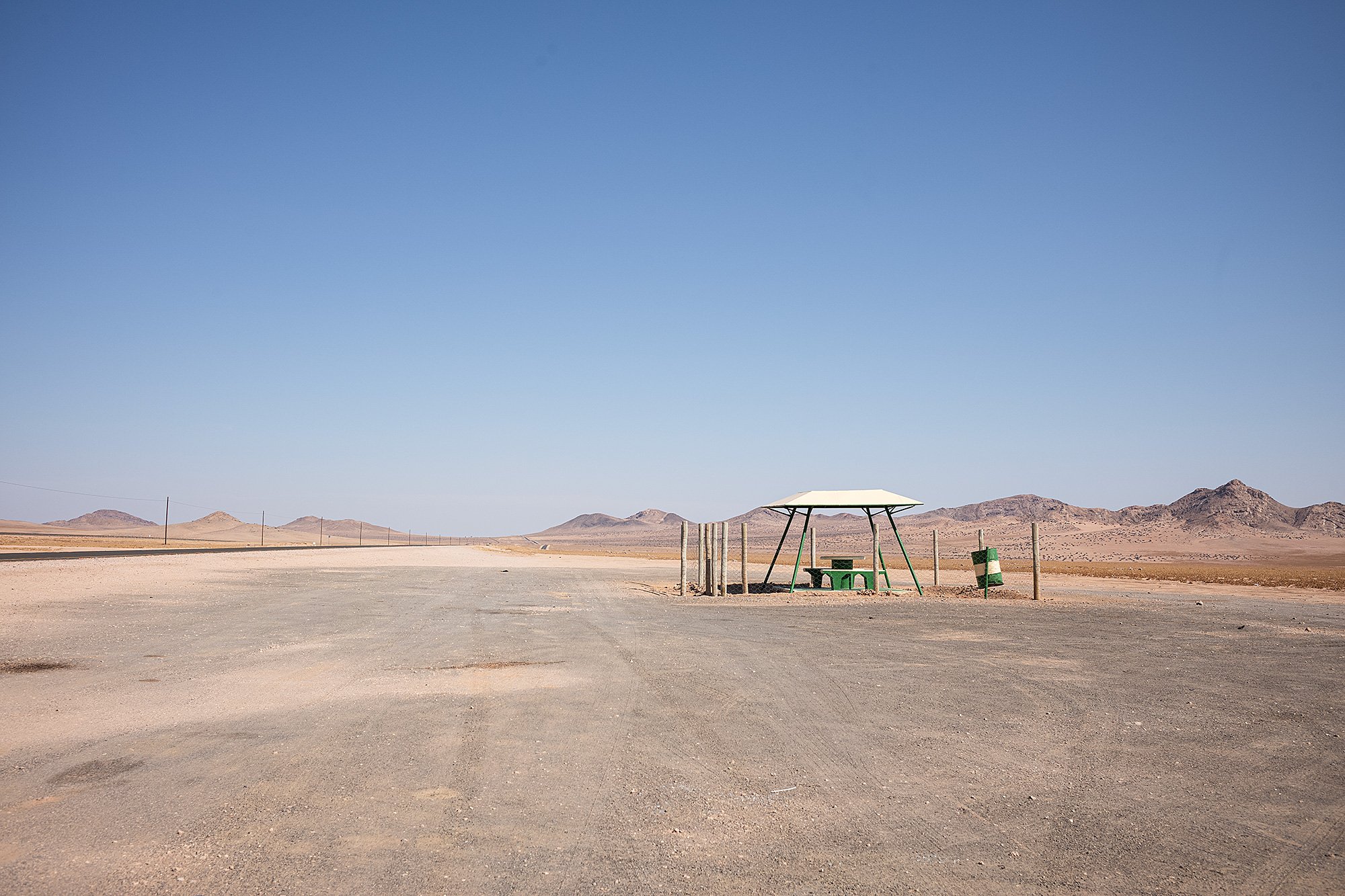
I pass the Kolmanskop ghost town without realizing it. Just beyond, coming over the ridge I see the ocean, the still arid landscape butting up right to it.
It’s almost strange to be in a town again after the vast expanse of the canyon and the empty roads. I drive slowly through the streets in search of my guesthouse. It’s not hard to find; it’s not a large town. I make mental notes of landmarks as I pass them.

Arriving at the Alte Villa Guesthouse I’m shown to my room. It’s a bungalow unto itself with parking just outside of it. I’m happy to be able to be close to Olivia.
I’m told that there’s no electricity in town today. They’re fixing something and have turned it off for the entirety of Luderitz. I ask if it’s possible to arrange lunch at the guesthouse and am introduced to the chef. She asks me what I like. Do you have fish? Yes. What else? Chips? And vegetables? She says yes to both and makes a delicious meal.
Veronica sorts me out after lunch, suggesting itineries and offering to book activities and dinner reservations for me. She suggests dinner at the Portuguese Fisherman for that evening and a catamaran tour to see the penguins on Halifax Island. She also recommends a visit to Agate beach. Today, there’ll be a lot of people there enjoying their Sunday afternoon.
She’s from Luderitz and pregnant with a girl. She has a six-year-old son and is starting maternity leave next month. She studied mechanical engineering but likes hospitality more. She enjoys talking with people, and particularly likes working at Alte Villa. She tells me that it’s a great place to work with owners who really take care of them and a great staff.
She tells me that the town itself is growing rapidly. Oil has been discovered and so a lot of companies and stores are starting to establish themselves there. She likes the expansion; there’s more to do. It was too boring before.
After lunch, I decide to take a stroll around town. I had planned on a relaxing afternoon but can’t resist the urge to explore. I walk out to the main road and down towards the coast, passing the train station. I take a right at the T intersection and pass the Portuguese Fisherman. An attractive hotel with Art Nouveau stylings sits just across the street.



Founded in 1883, Lüderitz began its life as a trading post in the early 19th century after the vast wildlife in the ocean was discovered. It was originally centered around various ocean-centered enterprises including whaling, seal hunting, and guano-harvesting.
In 1905, German authorities established a concentration camp on Shark Island. Between 1,000 and 3,000 Africans from the Herero and Nama tribes died on the island. In April of 2023 a monument was erected in memory of the Nama and Ovaherero genocides.
Diamonds were discovered nearby in 1909, and the diamond rush contributed to its sudden prosperity, and the settlement of Kolmanskop was built, which is now a pictaresque ghost town.
After World War 1, South Africa took over administration of Southern Africa and many Germans were deported. Diamond mining moved south and the fortunes of Lüderitz waned.
I continue on and follow a road onto the promontory towards the lighthouse and Shark Island. At the lighthouse, I pay my entrance fee and climb up the steps for the view. The lighthouse itself is closed and so I have to contend myself with the views from the base.
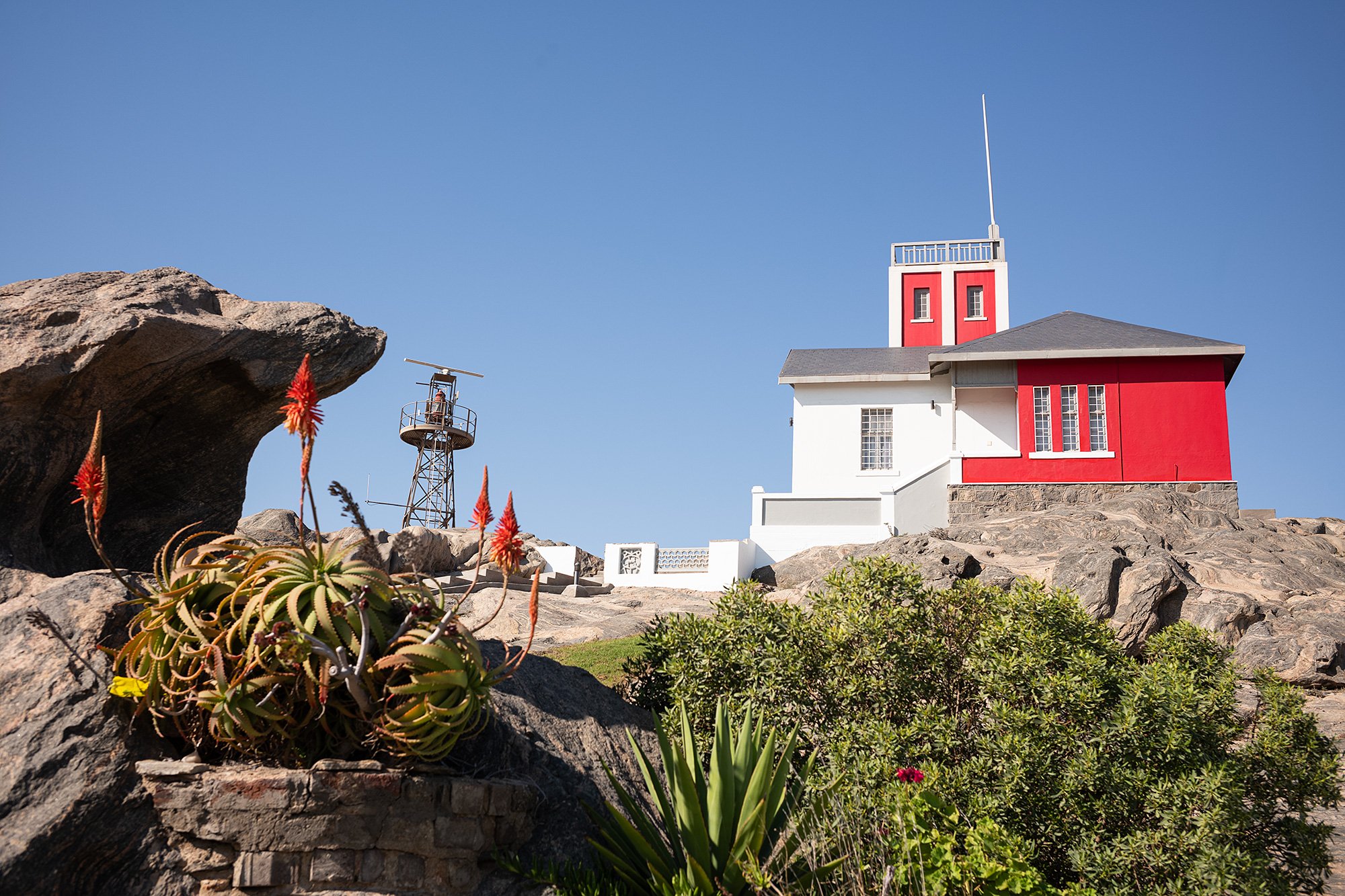
I follow the path of the memorials on the island. A plaque shows F.A.E. Luderitz, the founder of German South West Africa after whom the town is named. Another memorializes Captain Cornelius Fredericks who led the Nama people’s resistance against the Germans. Finally, I climb a small mound of rocks to visit the memorial to the Nama and Ovaherero genocides.



Reaching the end of the island I look north towards Penguin Island. Seal Island lays just beyond and I can see the continent wrapping back around the back of the islands. It’s a tranquil day that belies the atrocities that were once committed here. None of the high winds that the area is known for blow, and the sun sits warmly on my back.
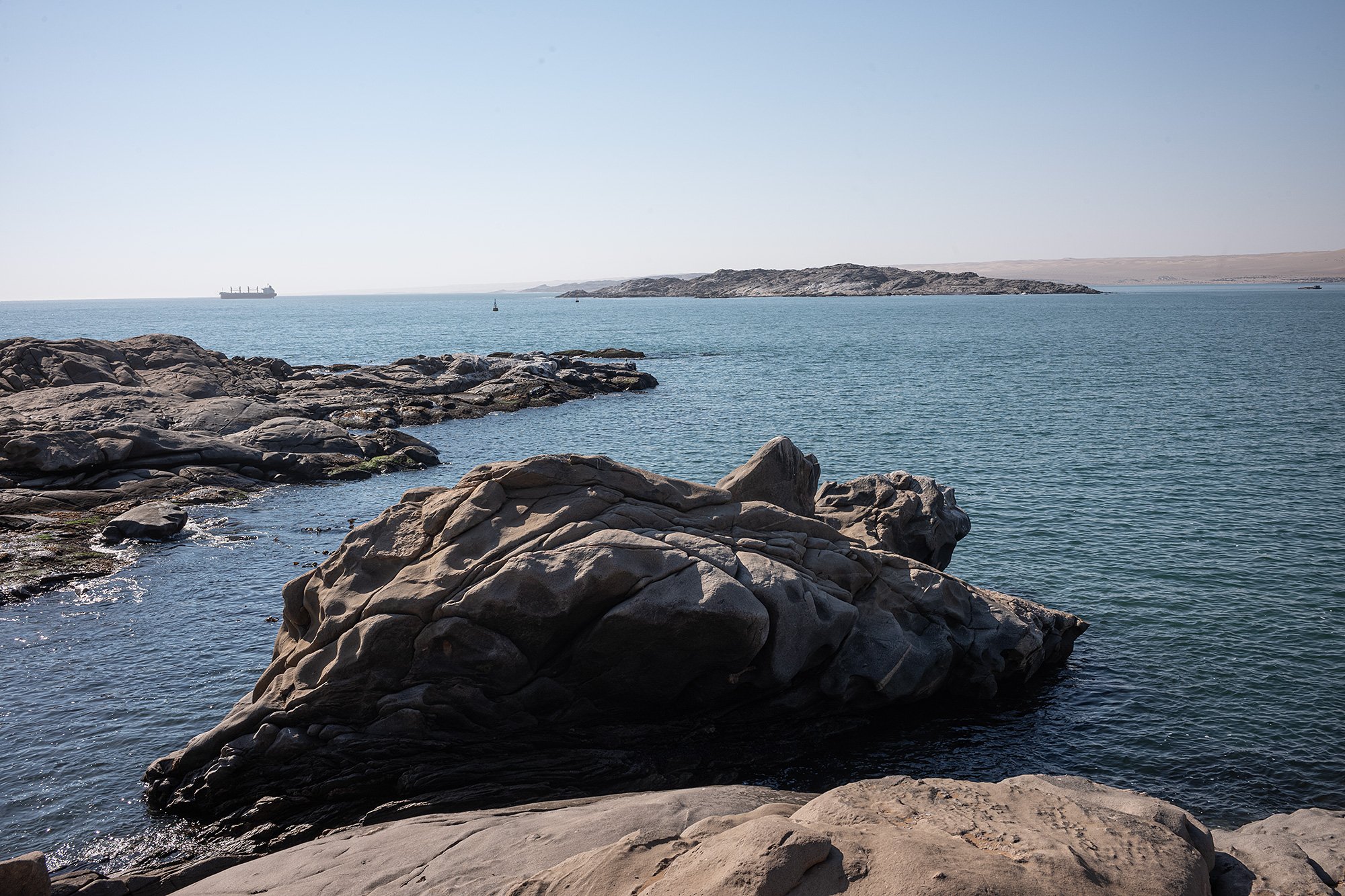
I retrace my steps back towards town, passing the lighthouse, fishermen, and boutique hotels looking out over the ocean.

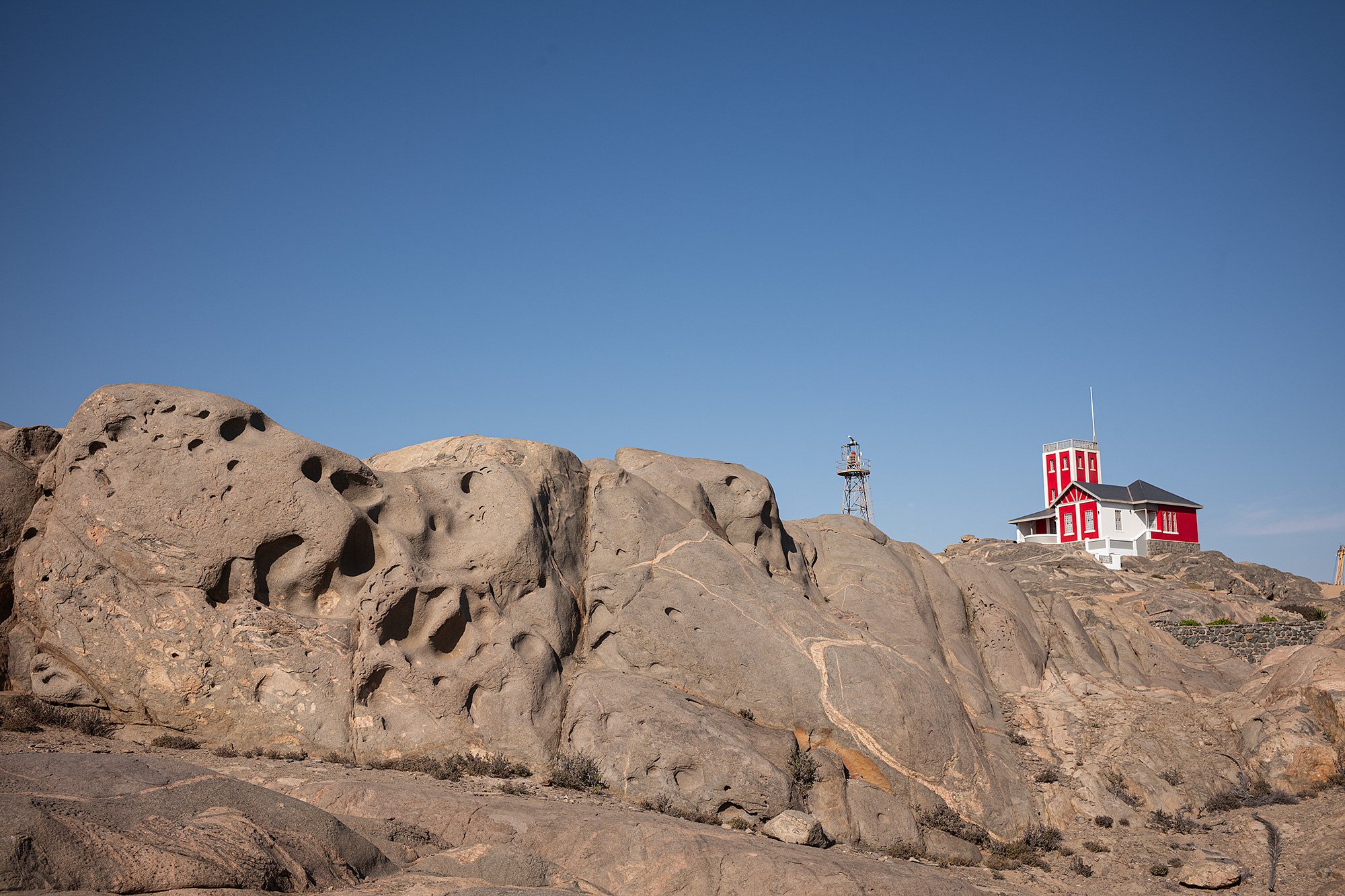


Back in town I walk to the Felsenkirche on the top of the hill, admiring a number of German-architected buildings along the way. The church is closed, but from its vantage point I can see oyster beds laid out in the bay.


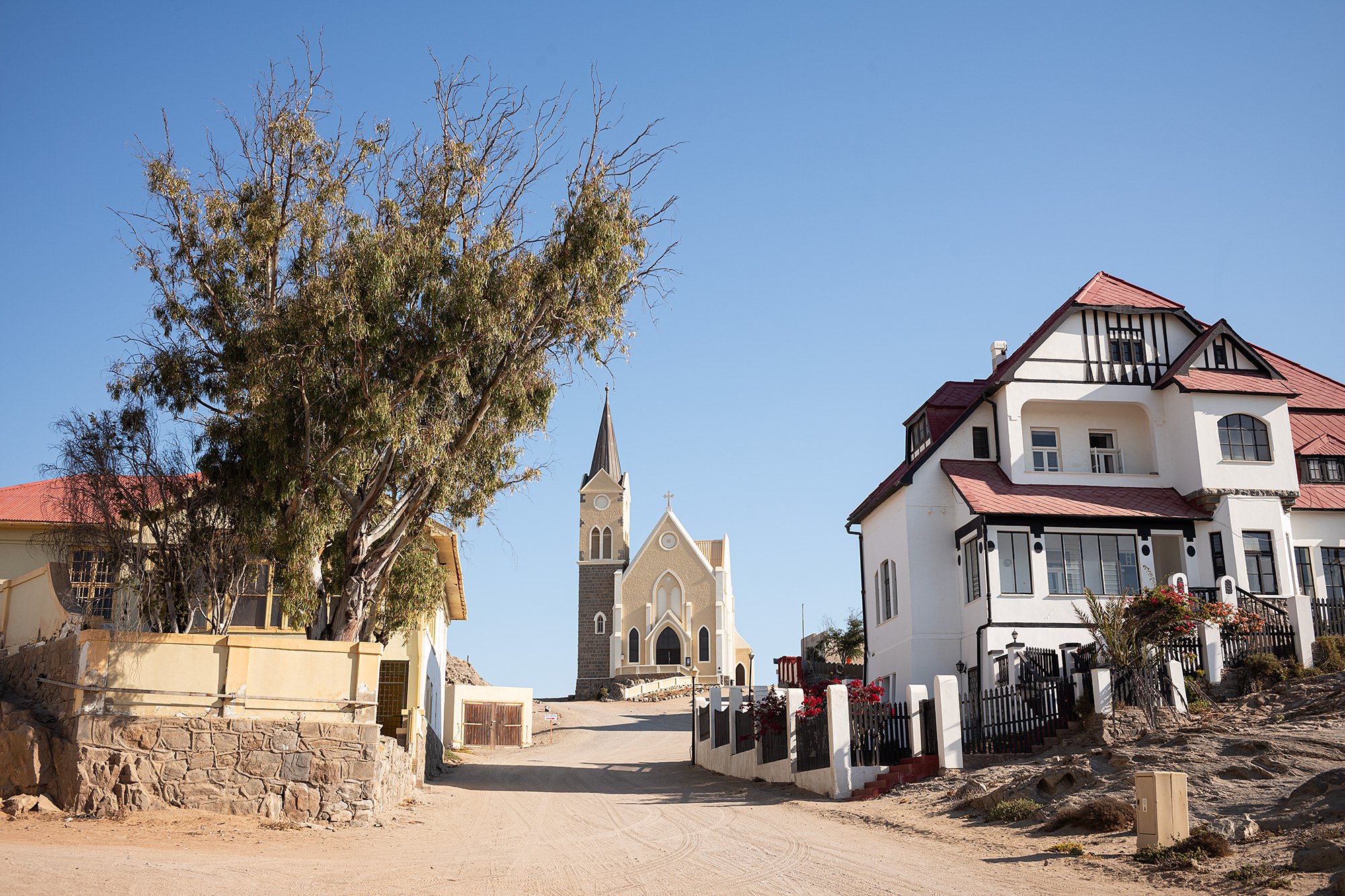
At night I walk the dark streets to the Portuguese Fisherman. I opt to sit outside. The tables are lit by candlelight, giving everything a romantic air. I can’t decide between a few dishes and ask Chanel for her advice. I end up with a tasty seafood rice. It’ll take some time to make, she cautions. I have no other plans for the night and settle into writing post cards while I wait. 🇳🇦
19 May 2024




